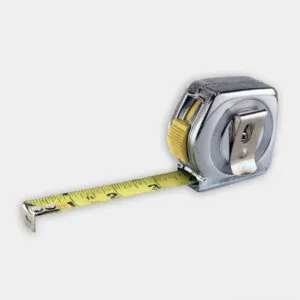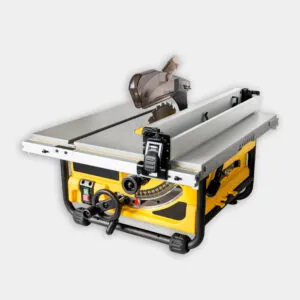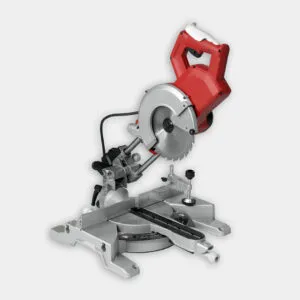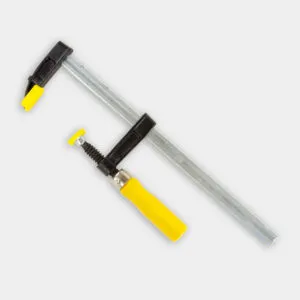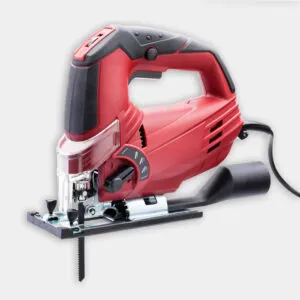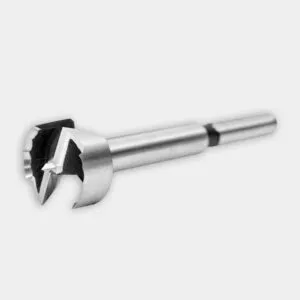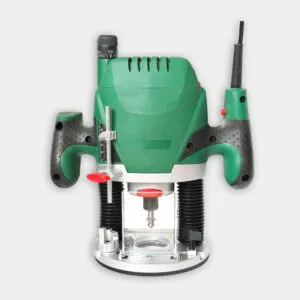We may be compensated if you purchase through links on our website. Our team is committed to delivering honest, objective, and independent reviews on home products and services.
This article appeared in the Fall 2022 issue of This Old House Magazine.
When looking for ideas for new woodworking projects, This Old House general contractor Tom Silva is often inspired by everyday objects from the past. In this case, he drew up a plan for a serving tray that relies on the same sturdy joinery found on wood boxes from a century or more ago.
Silva likes the box joint because it triples the surface area—and holding power—of a plain butt joint, but it’s much simpler than its fancier sibling, the dovetail. Silva made this serving tray from 1/2-inch-thick walnut, but you could use any wood you like.
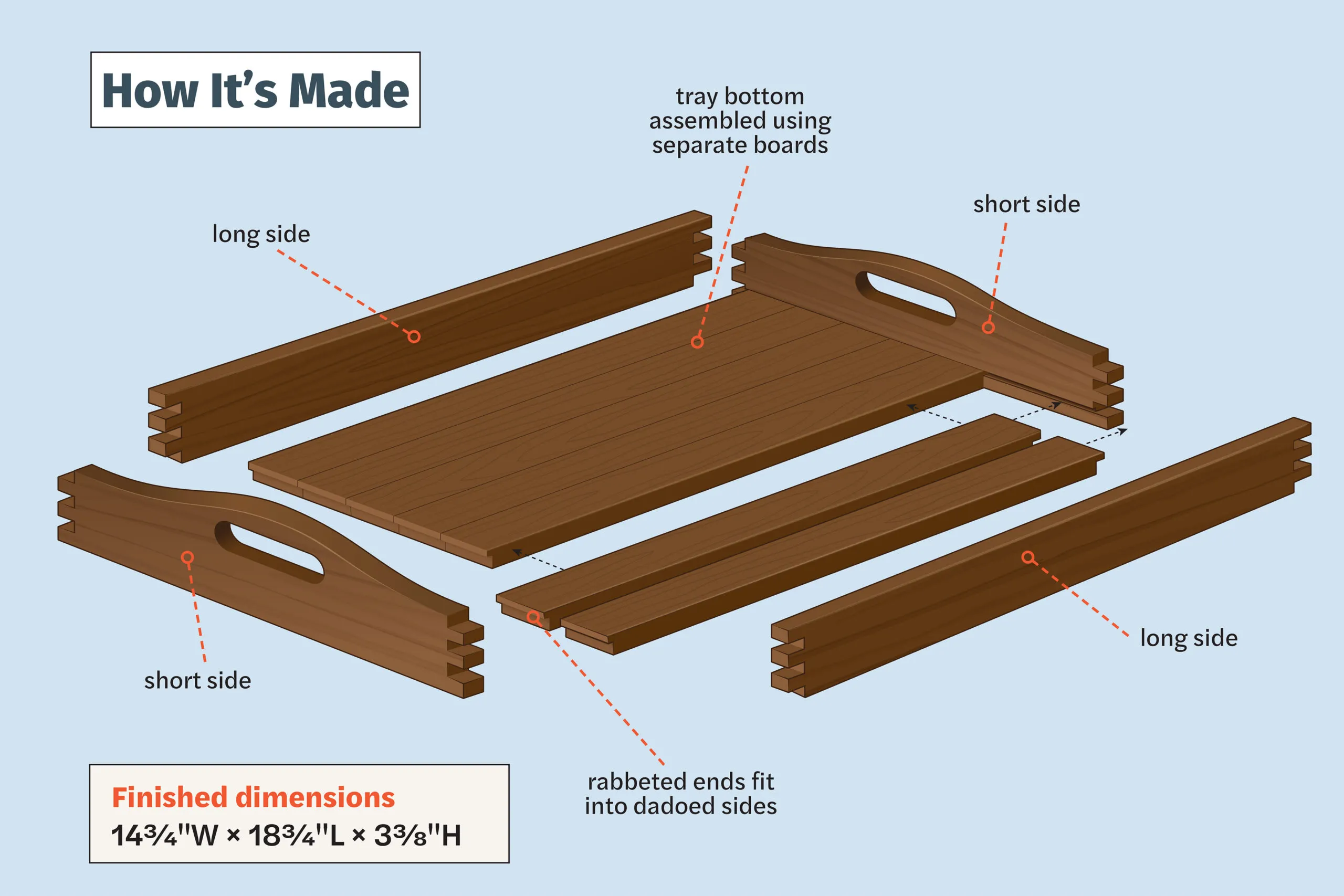
Tools, Materials, and Cut List for a Walnut Serving Tray
Before getting started on your project, make sure you have the following materials and tools available.
- 1×8 pine, 72 inches long
- 1/2 × 8 walnut, 72 inches long
- 3/4 × 4 plywood, 14 inches long
- 2×4 scrap, 4 inches long
- CA glue (a.k.a. superglue)
- Wood glue
- Four 2-inch No. 8 wood screws
- 120- and 220-grit sandpaper and sanding blocks
- Mineral oil or another food-safe oil
- Double-stick tape
Cut List
Finally, here are the cuts you’ll need to make for each piece.
Sled
- Base: 1×8 pine or MDF, 20 inches long
- Fence: 1×4 pine, 20 inches long
- Guide rails: 3/4 x 3/8 pine, 12 inches long (2)
- Blade guard: scrap of 2×3 or 2×4, 4 inches long
Jig
- Fence: 1×4 pine, 18 inches long
- Square Pins: 3/8 x 3/8 pine, 4 inches long (2)
Handle Template
- 3/4-inch-thick plywood, cut and sanded to match the template or the handle design of your choosing
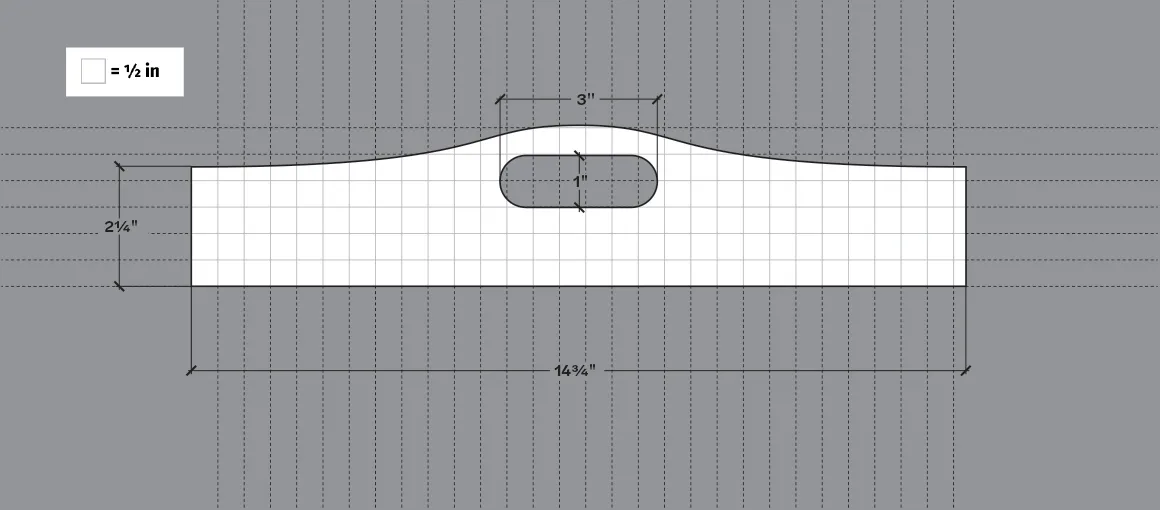
Tray
- Short sides: 1/2 x 3 3/8 walnut, 14 3/4 inches long (2)
- Long sides: 1/2 x 2 1/4 walnut, 18 3/4 inches long (2)
- Floor pieces: 1/2 x 1 31/32 walnut, 18 1/8 inches long (7)
Getting Started Constructing a Walnut Serving Tray
Before constructing the tray itself, you’ll need to create some essential jigs and templates. These preparatory steps are crucial for achieving precise, professional-looking results in your final product. Building these jigs correctly will ensure that your assembly process is straightforward and your joints are tight.
Build the Sled
The table saw sled will help you safely cut the materials you’ll need. To make it, start by placing the guide rails in the table saw’s slots and applying a few drops of super glue to their tops. While holding the sled base tightly against the table saw , lower the base into the glue and apply pressure until the glue sets. Drive a few short pin nails into each rail from below to reinforce the glue joint. Clamp and screw the sled fence to the sled base so the fence is 5 inches from and parallel to the sled’s front edge.

Prepare the Dado Blade
Glue a sacrificial 2×4 block to the center of the back of the fence to act as a blade guard. Adjust the dado-set width to 3/8 inch and install it in the table saw. Raise the blades to 1¼ inches, lock the table-saw fence 10 inches from the blade, and make a pass through the sled. Lay a scrap of the 1/2-inch tray material flat on the sled, and raise the dado set about 1⁄16 inch higher than the scrap.
Build the Box-Joint Jig
Clamp the jig fence against the sled fence, and make another pass to make a notch in the center of the jig fence. Unclamp the fence, then take one of the square pins and superglue it into that notch so it protrudes out toward the front of the sled. Use the other square pin as a spacer between the pin in the jig and the dado blades, then reclamp the jig fence to the sled. This glued pin will be the guide to evenly space the box-joint notches.
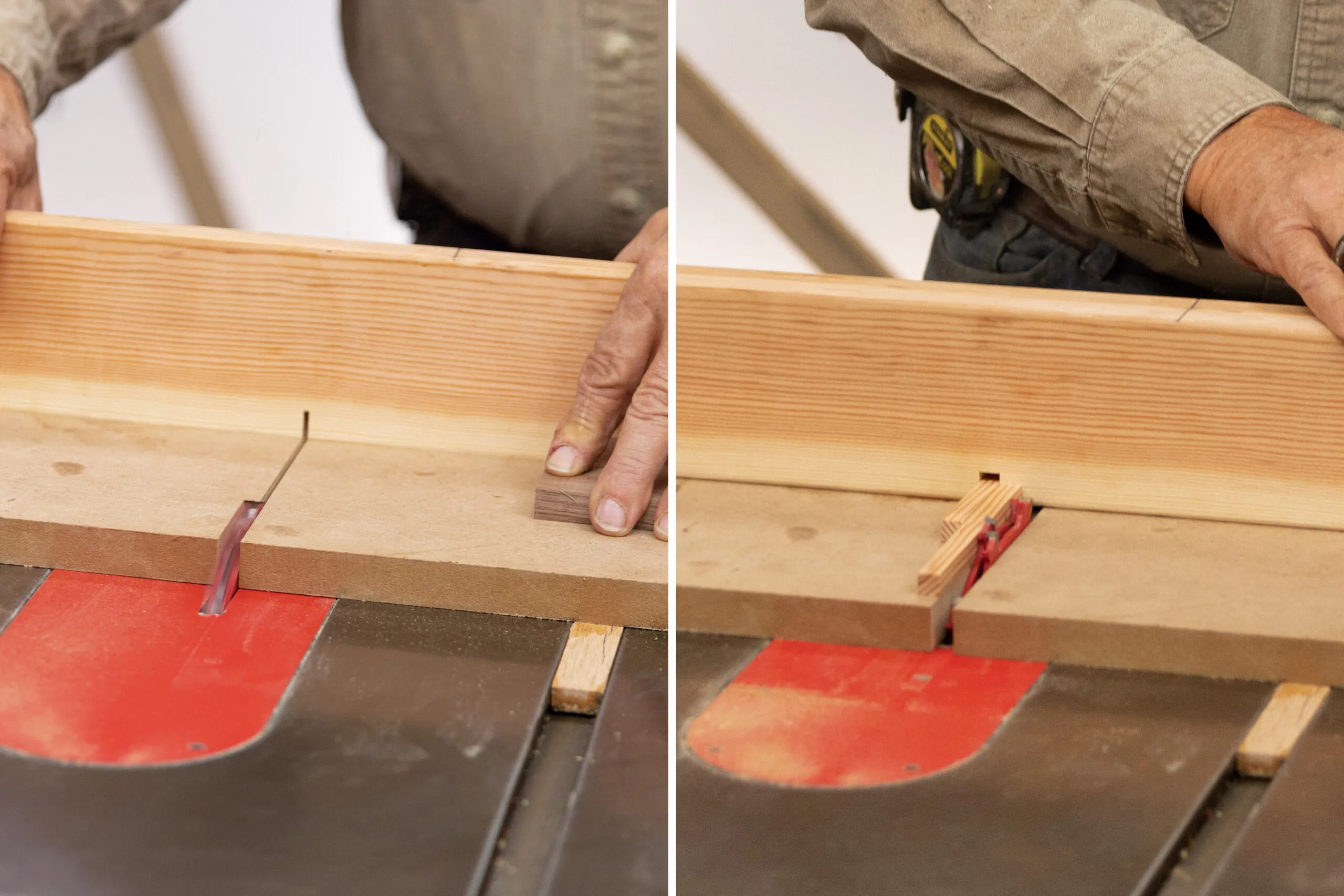
Steps for Building a Walnut Serving Tray
Now that you’ve prepared your tools and jigs, it’s time to begin constructing the tray itself. Follow these steps carefully to create a beautiful and functional serving tray. Each step builds on the previous one, contributing to the overall quality and durability of the final product.
Step 1: Cut the Box Joints on the Short Sides
Mark one long edge of each side to indicate the tray bottom. Hold the marked edge of one short side against the pin on the jig and cut the first notch. Place the new notch over the peg, cut another notch, and continue the process until you have four notches at either end of both short sides.
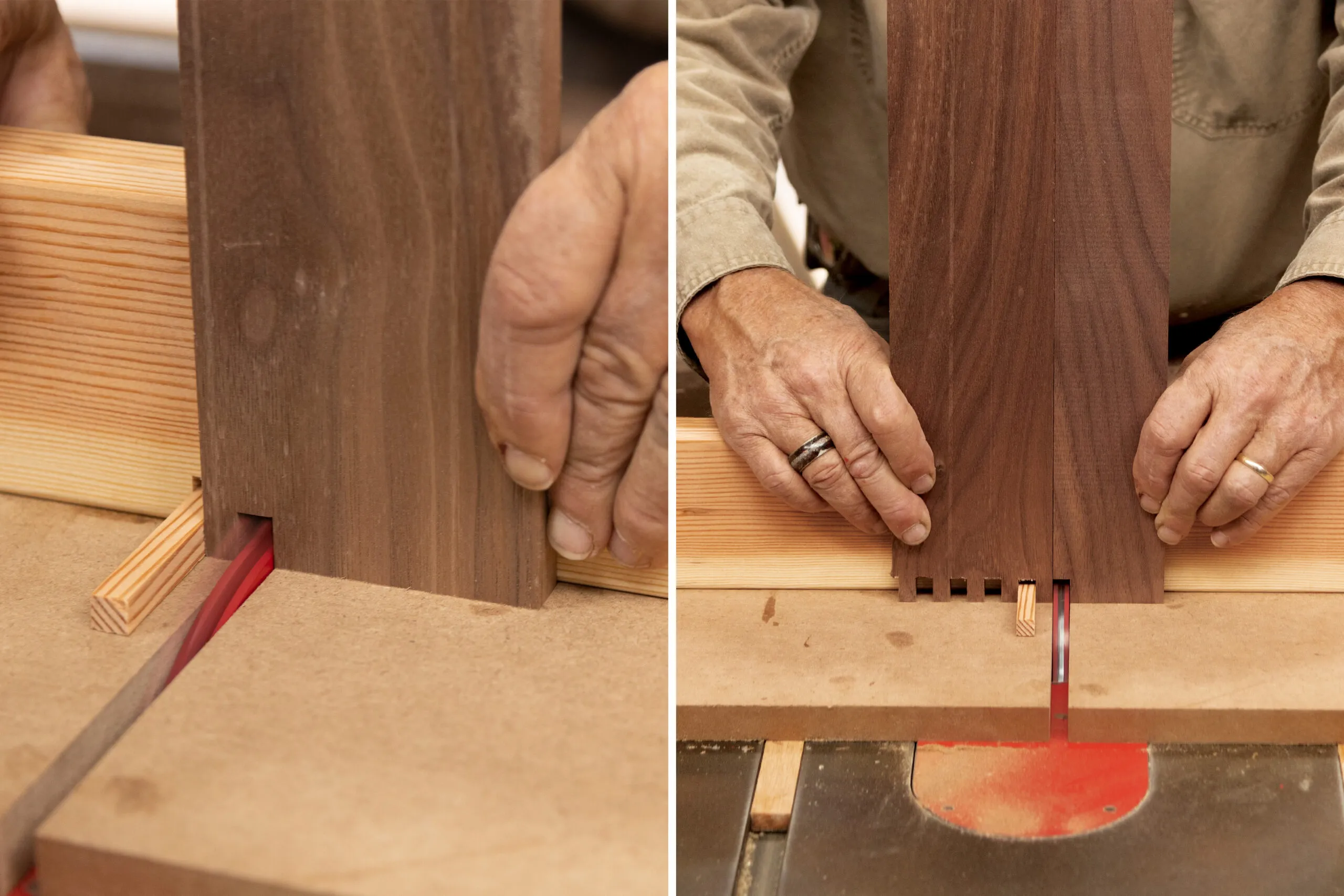
Step 2: Cut the Corresponding Box Joints
Place one short side’s first notch over the jig pin so the piece’s marked edge is to the right of the dado blade. Now, bring the marked edge of a long side against the shorter piece so that the blade will cut a notch into the bottom edge. Remove the short side, and repeat the process until you have cut three notches in the long side. Repeat the process for both ends of the two long sides.
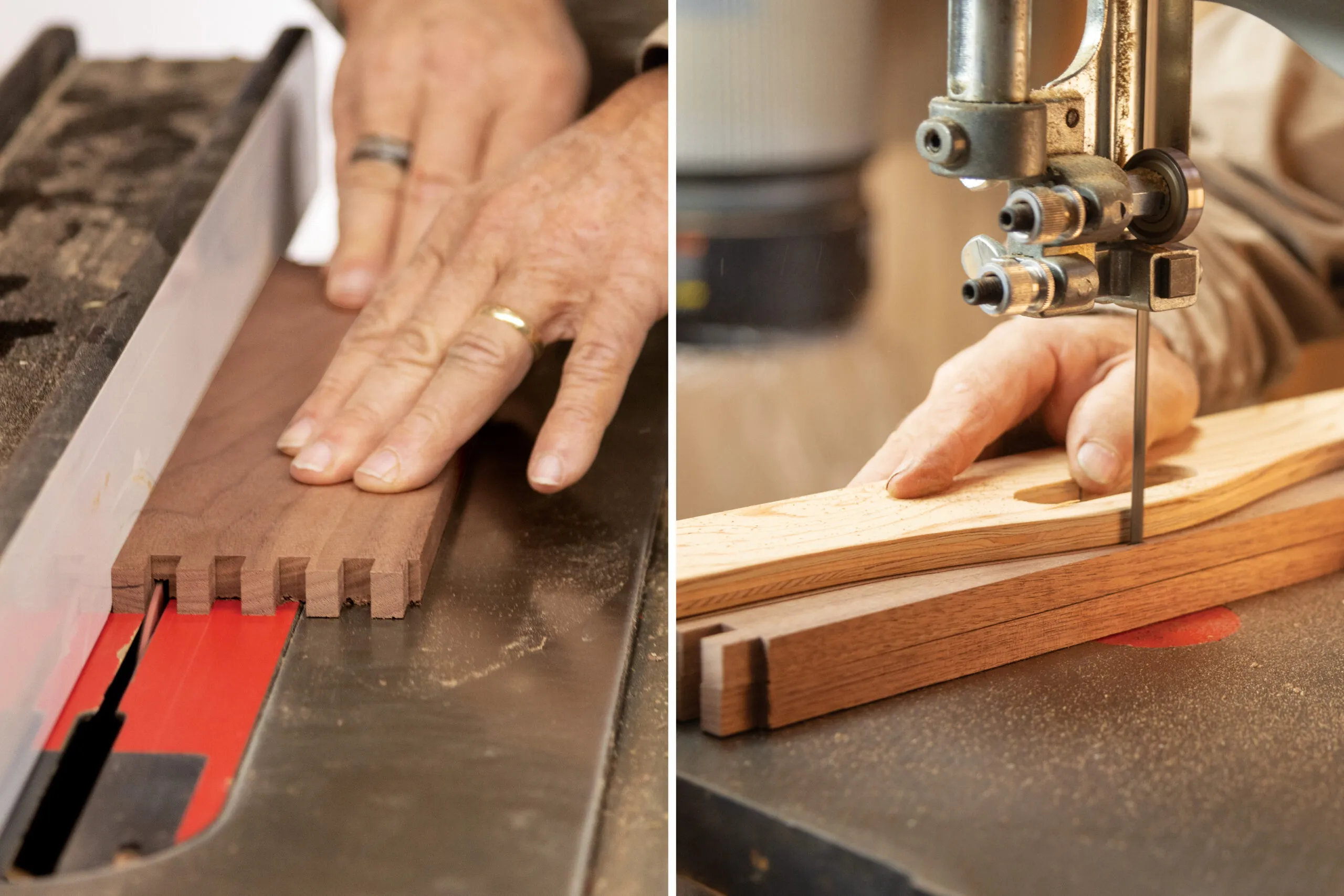
Step 3: Cut Grooves to Support the Tray Bottom
Replace the dado set with a standard blade, raise the blade height to 3/8 inch, and then set the saw fence 7⁄16 inch from the blade. With the bottom edge against the fence and the inside facedown, cut a kerf in each short side. Now adjust the fence away from the blade about 1⁄16 inch, and make another pass through each of the short sides.
Step 4: Cut Out the Handles
Use double-stick tape to fasten the plywood template to the short sides, then use a Forstner or spade bit to drill out the rounded ends of the handle holes. Use a jigsaw to rough-cut the handle holes and a jigsaw or band saw to cut the outer contoured edge above the handle.
Step 5: Rout the Cutouts
With the template still taped to the short sides, use a router and a top-bearing flush trim bit to clean up the handle holes and curved upper edges.
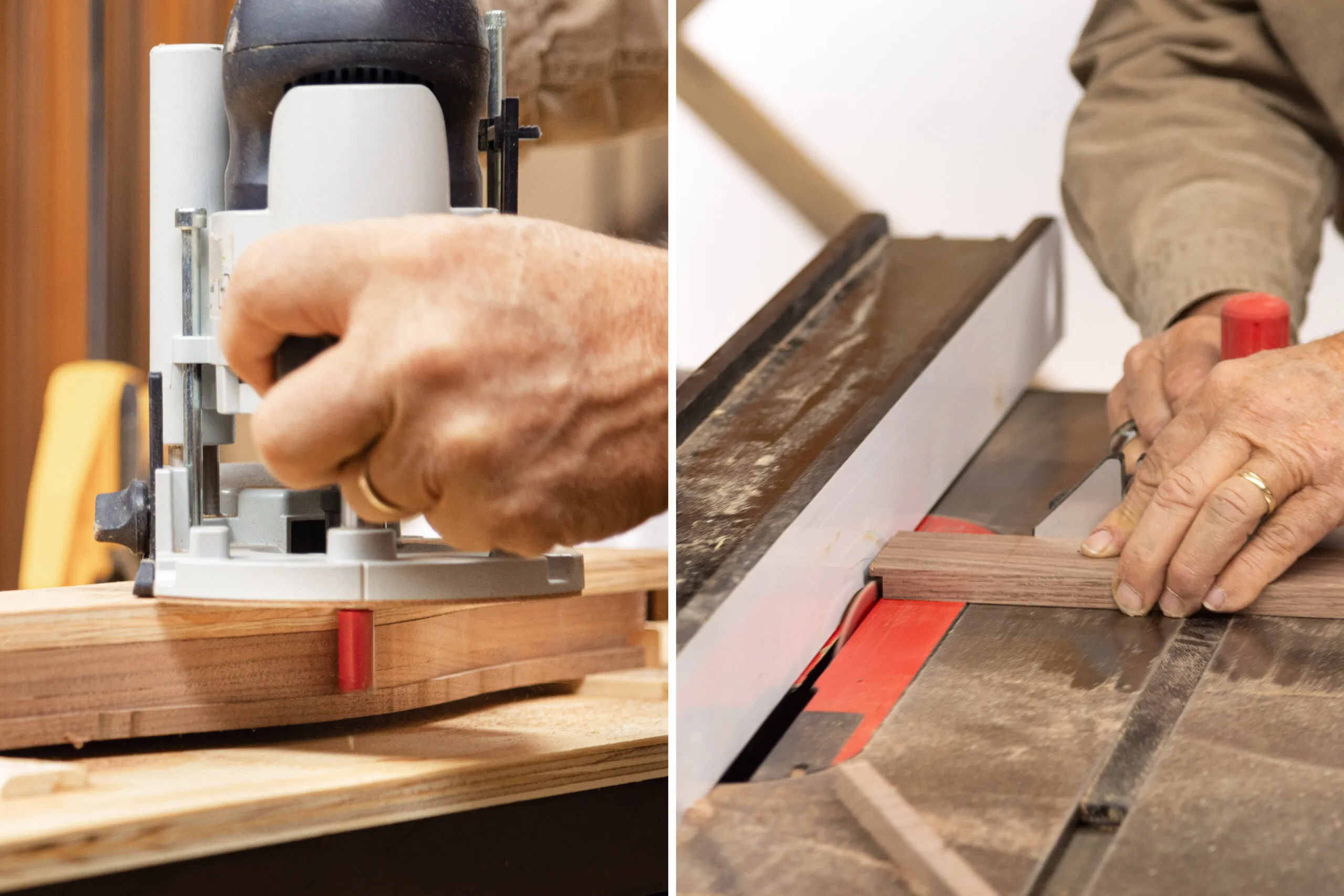
Step 6: Rabbet the Bottom Pieces
Set the table saw blade 3/8 inch high and the fence 3⁄16 inch from the blade. Using the miter gauge, make several passes on each end of the seven bottom pieces to cut a 1/8-by-3⁄16-inch tongue
Step 7: Assemble the Tray
Add wood glue to the box joints’ mating surfaces on one end of the short sides and both ends of one long side. With the bottom grooves facing inward, slide the box joints together. Now, slide the bottom pieces into the grooves with their rabbeted sides facing down.

Step 8: Add the Final Side
Dry-fit the second long side before adding wood glue. If the last floor piece is too wide, rip it a little narrower. When everything fits, apply wood glue to the remaining box joints and slide the final long side into position. Loosely place four bar clamps around the corners of the tray, check the tray for square, and tighten the clamps. Wipe any excess glue off with a damp rag and allow it to dry.

Finishing Touches of a Serving Tray Build
After the glue is completely dry, it’s time to refine your tray’s appearance and protect the wood. Start by sanding all surfaces, paying special attention to the joints to ensure they’re flush. Begin with a coarser grit sandpaper (around 120 grit) and progressively move to finer grits (up to 220 grit) for a smooth finish.
Once you sand it, apply your chosen finish. While mineral oil is a simple, food-safe option, you might also consider other finishes like tung oil or clear polyurethane for added durability. Apply the finish according to the manufacturer’s instructions, allowing proper drying time between coats. Multiple coats can improve the luster and protection of the wood, bringing out the rich walnut grain.
Maintenance and Care of Your Walnut Serving Tray
To keep your serving tray looking its best, follow these care instructions:
- Clean the tray with a soft, damp cloth after each use.
- Avoid soaking the tray in water or exposing it to excessive moisture.
- Reapply oil or wax periodically to maintain the wood’s luster and protection.
- Store the tray in a cool, dry place when not in use to prevent warping.
- Regularly inspect for any damage and address minor repairs promptly.
Our Conclusion
Creating a walnut serving tray is a rewarding woodworking project that combines form and function. With careful attention to detail and the right tools, you can craft a beautiful, durable tray that will serve you well for years to come. Whether you’re an experienced woodworker or a beginner looking to expand your skills, this project offers a perfect blend of challenge and satisfaction.

